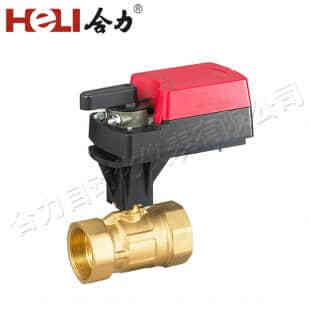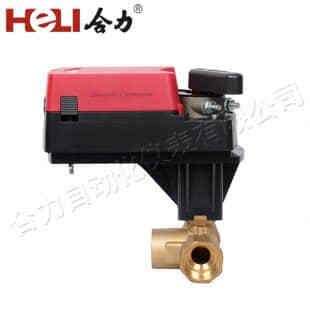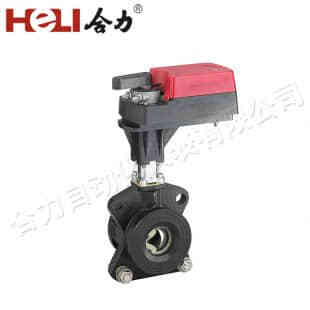In modern building management systems, the efficiency and effectiveness of heating, ventilation, and air conditioning (HVAC) systems are critical in ensuring comfort, energy savings, and air quality. One of the crucial components that help in regulating airflow and temperature within these systems is the damper actuator. A damper actuator is a device that controls the position of dampers in ducts and air handling units, making it a key player in regulating airflow, balancing system pressures, and optimizing energy consumption.

What is a Damper Actuator?

A damper actuator is an electromechanical device designed to open or close a damper blade in response to an input signal. Dampers are used in HVAC systems to control the flow of air through ducts, and the actuator provides the necessary movement to adjust the damper’s position. These actuators can be powered by various methods, including electric, pneumatic, and hydraulic systems, depending on the specific requirements of the HVAC system. The actuator receives control signals from a building management system (BMS), thermostat, or other monitoring devices, which communicate the desired air flow or temperature settings. Once the actuator receives the signal, it adjusts the damper to allow the right amount of airflow. This is particularly important in systems that need to maintain a balanced air distribution or ensure optimal temperature control in different zones of a building.

Leave a Reply
You must be logged in to post a comment.